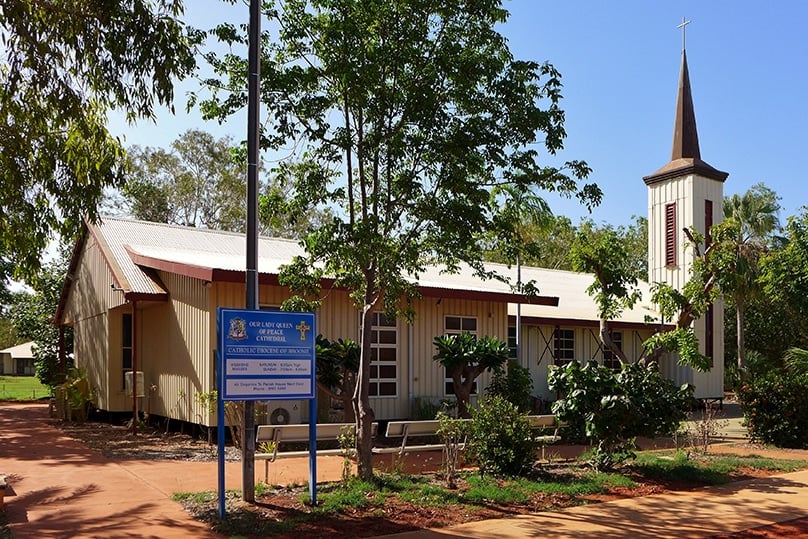
The President of the Australian Catholic Bishops Conference, Archbishop of Perth Timothy Costelloe SDB, was correct in labelling the allegations made against Bishop Christopher Saunders as “very serious and deeply distressing, especially for those making the allegations.” Additionally troubling is that the charges reportedly relate to conduct occurring since 2008 and not in the 1960s, 70s and 80s, like most cases of alleged historical sexual abuse. The relatively recent nature of the allegations serves as a painful and pertinent reminder that the abuse scandal is not necessarily behind us.
As awful as the allegations are, however, I wonder if there is some comfort to be found in knowing that the police’s investigations were greatly assisted by the information gathered as part of the church investigation undertaken at the request of Pope Francis and under the direction of the Archbishop of Brisbane, Mark Coleridge. This investigation was conducted according to the Vos Estis Lux Mundi motu proprio issued recently by Pope Francis, which provides procedural norms for circumstances where abuse allegations are made against bishops and religious superiors.
West Australian police had been investigating allegations against Bishop Saunders since 2018. In 2020, Channel 7 News did its own research and reporting, prompted by accusers and others who were frustrated at an apparent lack of action. In 2021, the police concluded there was insufficient evidence to lay any charges.
At the closing of the police investigation and following the media reports, the church commissioned its own inquiries under the Vos Estis protocols. These inquiries were a long time coming but it was necessary for the church not to wait until the police investigation was complete before investigating into the allegations itself. The resultant 200-page report made very serious findings about the bishop. It was first leaked to Channel 7 and then handed over to police by the church, a process which led to the reopening of the police matter and ultimately charges being laid.
Bishop Saunders pleaded not guilty to all 19 charges laid against him and should be afforded the presumption of innocence, regardless of the findings made by the church’s internal investigation. Whatever the ultimate outcome of this case, however, I do find some hope that the church seems to have come a long way since these types of scandals first broke.
We will never be able to guarantee that children and vulnerable adults will not be harmed by those in authority: people are broken and sinful and at times, they do evil things. But we can hopefully respond to allegations in a way that demonstrates our commitment to the truth and to safeguarding those in our care, no matter the status of the person accused. I think that what has occurred thus far in the Bishop Saunders matter goes some way to living up to that commitment.
There is still some work to do, to be sure. For example, the Vos Estis report was only handed to police after it was leaked to the media (even though I would like to think that the report would have been provided to police as a matter of course, when the church’s canonical processes had concluded.)
But it is encouraging that the church continued to investigate even after the police advised it could not gather enough evidence to proceed. Had the church had considered the case to be closed when the police did, Bishop Saunders would not have faced court last week. That would not have been a satisfactory outcome for anyone. Both Bishop Saunders and his accusers deserve to have these matters tested in a just and transparent manner.
I remember that during the Royal Commission into Institutional Responses to Child Sexual Abuse, it was frequently said that the Catholic Church could neither be trusted to conduct its own investigations, nor had the wherewithal to do so. Commentators both inside and outside the Catholic community said we should leave these matters solely to the secular authorities. I think this recent case might show that the church—with the learnings from the abuse crisis and the Royal Commission—does again have something to offer the justice system. I don’t think anyone wins if we exit the field altogether.
